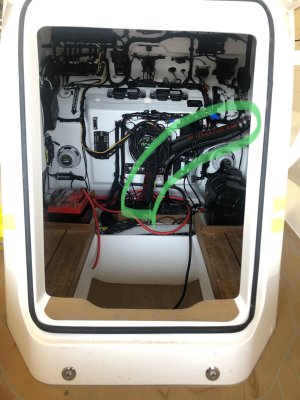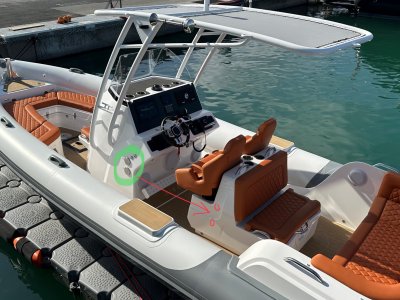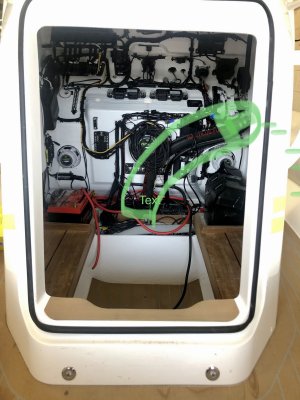MapisM
Well-Known Member
Makes perfect sense to me.Their purpose is only to clean the water flow as it shoots out the back, so as not to hit the (big) swim platform so hard.
And also explains why the plates are only on the inner sides of the tunnels, which is where the props push water not only backward, but also upward - as opposed to the external sides, where the thrust flow tends to be pushed "deeper" in the water.
But in your boots I wouldn't bother updating that YF thread with your explanation, for two reasons.
First, I'm sure some armchair genius would still raise endless objections.
And second - connected to first - life's way too short.













































